Is that donkey in my biryani?
Indicators are subtle but veteran butchers can spot what average consumers might miss
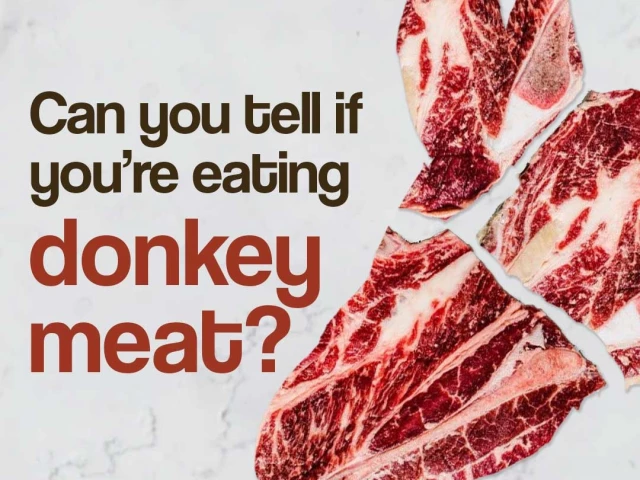
When you bite into a plate of biryani or a bowl of nihari, you might think you’re eating beef or mutton, but are you sure?
For years now, every now and then, there breaks out a new scandal of donkey meat discovered at some obscure - or not so obscure - eatery in different cities across Pakistan. The most recent such case emerged last month in Tarnol, Islamabad, where the authorities raided a farmhouse and found 1,000 kilogrammes of donkey meat and 50 donkeys.
The sale and consumption of donkey meat is banned in Pakistan. But what would happen if you did accidentally - or intentionally - consume donkey meat? Is it safe? Can you tell the difference? We asked the experts.
Donkey meat isn’t actually dangerous, said Dr Syed Mohammed Ghufran Saeed, a professor at the Department of Food Science and Technology at the University of Karachi.
Read: Donkey meat trade
It is eaten in many parts of the world, especially across Asia and Africa, and there have been no reports of it transmitting diseases or spoiling faster. “It is basically the issue of halal and haram,” explained Dr Saeed.
Not a question of food safety and hygiene, he said, adding that you can tell the difference from the meat’s structure and marbling. “Cherry red or pinkish color is found in beef. But in the case of the donkey, it is a reddish brown.” Donkey meat is pungent when you cook it, he added.
Despite these differences, an average customer is unlikely to be able to differentiate between donkey meat and any other. Chefs and butchers are, however, more savvy.
Lab tests - such as polymerase chain reaction (PCR) technology, fourier transform infrared spectroscopy (FTIR) technique, gas chromatography, and the nuclear magnetic resonance (NMR) technique - are the only scientific way to establish the source of a meat. But these are not widely used in Pakistan.
Hamza Shafiq, who has been in this line of work for two decades, claims that butchers with experience like his can tell the difference by colour and cook time. But the best way to be sure is to buy from a butcher who slaughters his meat in front of you.
Both Hamza and Dr Saeed spoke about the importance of lab testing and licensing but cases such as the one in Tarnol indicate that the authorities have their work cut out for them.

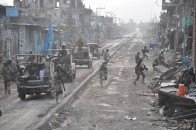



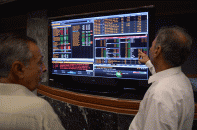
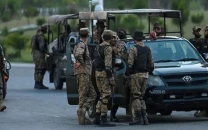




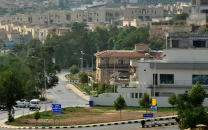
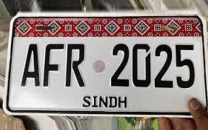







COMMENTS (1)
Comments are moderated and generally will be posted if they are on-topic and not abusive.
For more information, please see our Comments FAQ